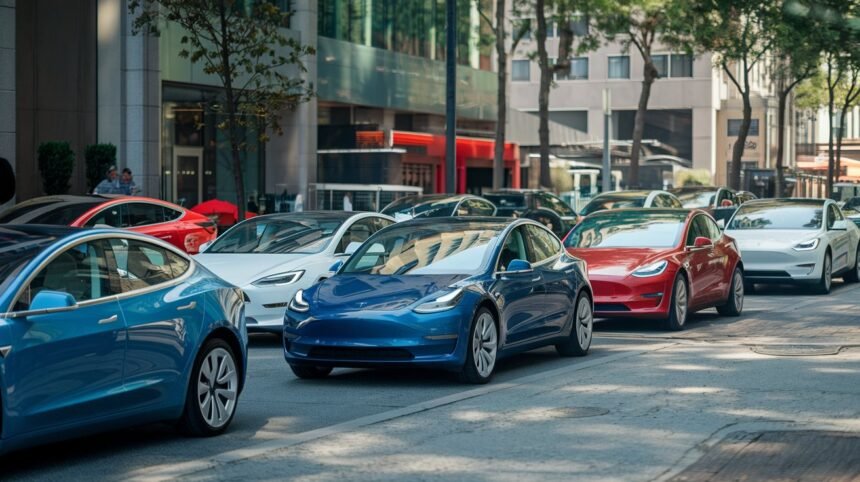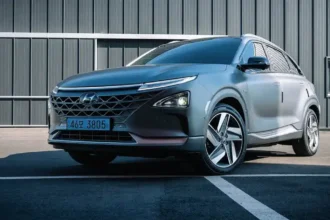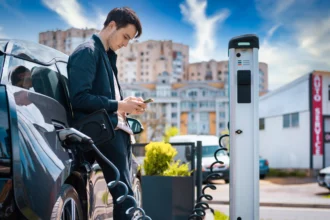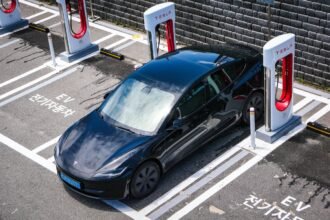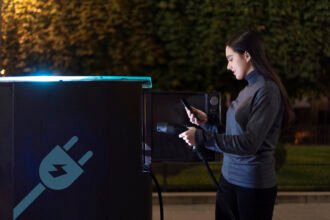What’s powering the future of the auto industry in the USA? You’ve probably noticed the rapid growth of electric vehicles (EVs) and wondered whether this trend is here to stay. With gas prices soaring, increasing environmental concerns, and governments pushing for greener transportation solutions, the rise of electric vehicles in America seems inevitable. But what’s driving this surge, and how will it impact the future of driving in the United States?
This article dives into the electric vehicle movement, exploring the factors behind its rise, the state of the U.S. auto industry, and what consumers need to know as EVs become more common. Let’s take a closer look at how electric vehicles are reshaping America’s roads.
What’s Behind the Rise of Electric Vehicles?
The increasing popularity of electric vehicles (EVs) in the USA is the result of several converging factors. Let’s break them down:
- Environmental Concerns: With climate change and pollution becoming global issues, EVs offer a cleaner, more sustainable alternative to gas-powered cars. The shift to EVs is critical in reducing carbon emissions.
- Government Incentives: The U.S. government has introduced tax credits, rebates, and grants to make EV ownership more appealing. Federal and state-level programs make it easier for buyers to afford electric vehicles, driving consumer demand.
- Technological Advances: Improvements in battery technology and charging infrastructure have addressed many of the early concerns about EVs, such as limited range and slow charging times. Modern electric vehicles can travel farther on a single charge and recharge faster than ever before.
- Fuel Efficiency and Cost Savings: Electric vehicles are cheaper to operate than traditional gasoline-powered cars. As gas prices continue to fluctuate, the consistent low cost of charging an EV makes them an attractive option for cost-conscious consumers.
The State of the U.S. Auto Industry: Embracing EV Growth
The U.S. auto industry has been undergoing significant changes as automakers shift from traditional gasoline-powered engines to electric ones. Major players like Tesla, General Motors, Ford, and others are investing billions into electric vehicle research and development. These companies recognize that electric vehicles are no longer a niche product; they are becoming mainstream.
According to recent reports, EV sales in the USA have grown at an annual rate of over 40% in the past decade. By 2030, it’s projected that more than 50% of new cars sold in the U.S. will be electric. This rise of electric vehicles signals a major transformation in the auto industry, driven by consumer demand and government regulations pushing for greener alternatives.
EV Growth in Numbers: A Snapshot
| Year | Total EVs Sold (USA) | Annual Growth Rate |
|---|---|---|
| 2012 | 50,000 | – |
| 2015 | 116,000 | 50% |
| 2018 | 361,000 | 68% |
| 2020 | 322,000 | 10% (Pandemic Impact) |
| 2022 | 807,000 | 60% |
| 2023 | 1.2 million (est.) | 48% |
As you can see, the growth of electric vehicles in America is both steady and rapid, despite the temporary slowdown caused by the COVID-19 pandemic. However, with more models entering the market and infrastructure improving, the industry’s future looks bright.
EV Trends Shaping the Future of American Roads
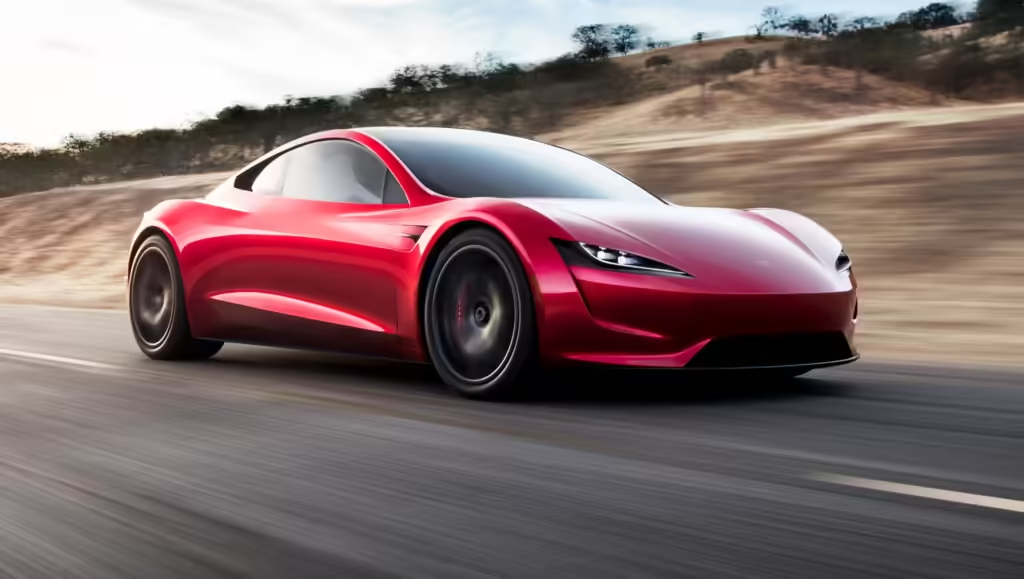
The rise of electric vehicles in America is being driven by several key trends. Understanding these trends helps paint a clearer picture of what’s to come.
1. Increased Model Variety
Gone are the days when EV choices were limited to compact cars and sedans. Today, there’s a growing range of electric SUVs, trucks, and luxury vehicles to suit different consumer preferences. American automakers are expanding their EV offerings to capture more of the market, with brands like Tesla, Rivian, and Ford leading the charge. The rise of the electric Ford F-150 Lightning, for example, shows that even the best-selling trucks in America are going electric.
2. Improved Battery Technology
One of the biggest hurdles in early EV adoption was limited battery range and long charging times. However, recent advancements in lithium-ion batteries and solid-state technology have greatly improved EV range, with some models like the Tesla Model S boasting over 400 miles on a single charge. Charging technology is also evolving, with fast chargers now offering up to 80% battery capacity in under 30 minutes.
3. Charging Infrastructure Expansion
One of the main concerns for potential EV buyers is the availability of charging stations. While early adopters often relied on home charging, public charging networks are expanding across the USA. Companies like ChargePoint, Electrify America, and Tesla’s Supercharger network are making EV ownership more convenient than ever. Federal initiatives have also promised to invest billions in improving the country’s EV charging infrastructure, ensuring that electric vehicle owners can travel long distances without range anxiety.
| Charging Station Network | Number of Stations (USA) | Coverage |
|---|---|---|
| Tesla Supercharger | 1,800+ | Nationwide |
| ChargePoint | 30,000+ | Urban and Suburban Areas |
| Electrify America | 3,500+ | Nationwide |
| EVgo | 850+ | Urban and Major Highways |
4. Government and Corporate Support
The Biden administration has set ambitious goals for reducing carbon emissions, including a target of making half of all new vehicles sold in the USA electric by 2030. These policies, combined with incentives such as federal tax credits of up to $7,500 for EV buyers, are encouraging both consumers and automakers to embrace electric vehicles.
In addition to government support, corporations are also playing a big role. Companies like Amazon, UPS, and FedEx are transitioning their delivery fleets to electric vehicles to meet sustainability goals. This corporate adoption further boosts the demand for EVs and contributes to expanding the market.
What You Should Know Before Buying an Electric Vehicle
If you’re considering buying an electric vehicle, here are a few things to keep in mind:
1. Upfront Costs vs. Long-Term Savings
While electric vehicles typically have a higher upfront cost compared to gasoline-powered cars, they tend to be more affordable in the long run due to lower maintenance and fuel costs. EVs have fewer moving parts, so there’s less that can go wrong, and they don’t require oil changes or expensive engine repairs.
2. Range and Charging Time
Range anxiety, the fear that your vehicle will run out of battery mid-trip, was a common concern among early adopters. However, modern EVs offer much-improved range, with many models exceeding 250-300 miles on a single charge. Additionally, public charging infrastructure is expanding rapidly, and fast chargers can replenish your battery in a matter of minutes.
3. Incentives and Rebates
Federal tax credits of up to $7,500 are still available for many EV models, making them more affordable. Some states also offer additional rebates and incentives, which can further reduce the cost. Be sure to check both federal and state-level programs when shopping for your electric vehicle.
4. Home Charging Setup
Most electric vehicle owners install a home charging station, allowing them to charge their car overnight. A Level 2 charger (240V) is the most common choice, as it can fully charge most EVs in 4-8 hours. The installation cost for a home charging station typically ranges from $500 to $1,200, depending on your home’s electrical setup.
Frequently Asked Questions (FAQs)
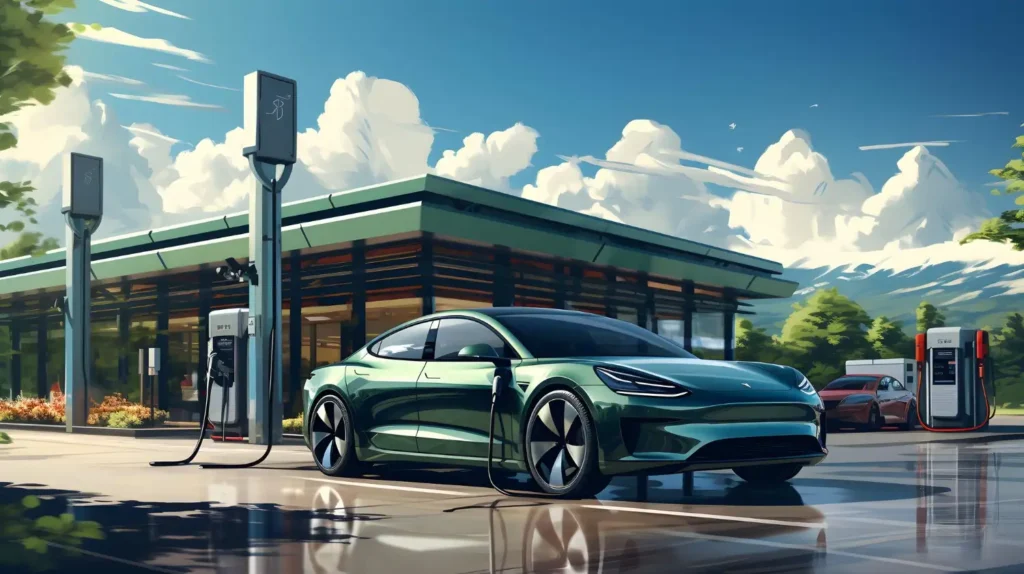
1. How long do electric vehicle batteries last? EV batteries are designed to last between 8 to 15 years, depending on the model, usage, and environmental conditions. Most automakers offer warranties of 8 years or 100,000 miles for their batteries, and advances in technology continue to improve battery life.
2. Are electric vehicles really better for the environment? Yes, electric vehicles produce zero tailpipe emissions, significantly reducing air pollution and greenhouse gas emissions. While the electricity used to charge EVs may come from fossil fuels, EVs are still more environmentally friendly than gasoline-powered cars, especially as renewable energy sources become more prevalent.
3. What is the cost of charging an electric vehicle? The cost of charging an EV depends on local electricity rates and the vehicle’s battery size. On average, charging an EV at home costs about $0.10 to $0.15 per kilowatt-hour (kWh). For a vehicle with a 60 kWh battery and a range of 250 miles, a full charge would cost between $6 and $9.
4. How far can electric vehicles travel on a single charge? Modern electric vehicles offer a wide range of travel distances depending on the make and model. The average range for EVs is between 250 to 300 miles, but some high-end models, like the Tesla Model S, can exceed 400 miles on a single charge.
5. Will electric vehicles replace gas-powered cars entirely? While it’s unlikely that electric vehicles will completely replace gas-powered cars in the near future, the rise of EVs suggests that they will become the dominant mode of personal transportation within the next few decades. The U.S. auto industry is already transitioning toward an electric future, and many governments are setting deadlines for phasing out gasoline cars.
Conclusion: The Future of Driving Is Electric
The rise of electric vehicles in America isn’t just a passing trend—it’s the future of the auto industry. As EV technology improves, charging infrastructure expands, and government policies support cleaner transportation, we can expect to see more electric cars on the roads. For American drivers, this shift offers numerous benefits, from cost savings and environmental sustainability to the convenience of modern driving technologies.
The U.S. is embracing the electric vehicle revolution, and the road ahead looks brighter than ever.


